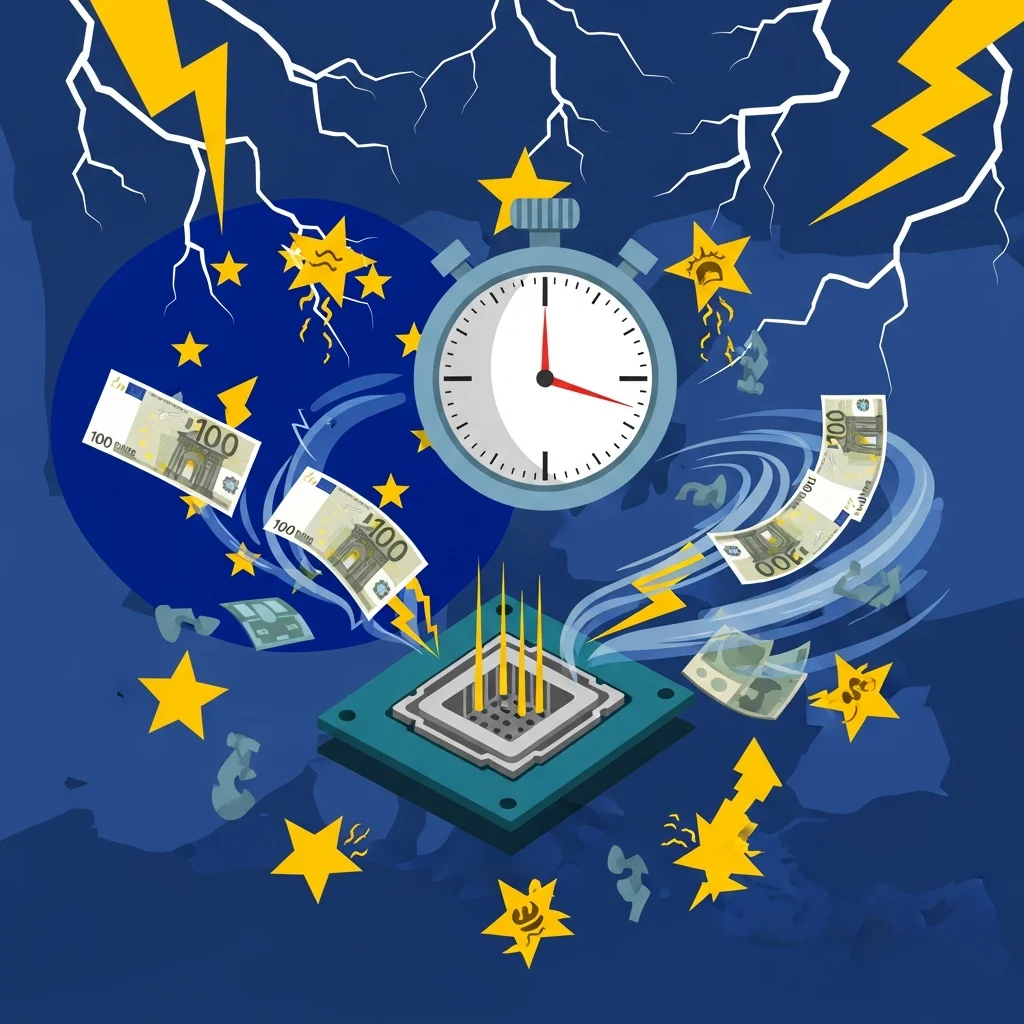US considers easing Nvidia H200 chip exports to China
One of the most sensitive dossiers in the global AI race is the export of advanced chips to China. Fresh signals from Washington suggest a possible policy shift concerning Nvidia's H200 GPUs, chips that are critical for modern AI infrastructure. This news item summarises the key points and implications.

US government weighs easing H200 export rules
According to several reports, the US government is exploring a relaxation of the current export restrictions on Nvidia's H200 AI chips bound for China. These GPUs belong to the latest generation of data-centre hardware for training and inference of large AI models, with bandwidth and memory architecture that are especially attractive for frontier models.
Up to now the United States has applied strict rules to the export of high-end AI hardware to China, intended in part to limit the military and economic use of powerful AI systems. Earlier rounds led to explicit restrictions on Nvidia A100, H100 and later tweaked variants that were specifically designed to stay within the export rules.
The possible rethink around the H200 fits into a broader discussion in Washington about economic interests, alliances and the sustainability of stringent chip controls in a rapidly evolving market.
Impact on global AI power balance
Any easing of export restrictions on H200 chips could affect the global AI power balance in several ways.
First, the availability of additional compute capacity in China could accelerate the development of large language models, multimodal models and agentic AI systems. That could narrow existing capacity gaps with the United States and Europe, especially as Chinese players are already investing heavily in their own model families and data-centres.
Second, there is the financial dimension. For Nvidia this represents a multi-billion-dollar market in revenue, with sales to China making up a significant share of the overall demand for high-performance GPUs. A relaxation creates extra revenue room, which in turn influences investment in new architectures and production lines.
Third, the decision directly affects the position of other chip manufacturers, such as AMD and specialised AI accelerators, and of countries that are trying to build a more autonomous semiconductor supply chain.

Implications for AI infrastructure and data-centre strategy
For AI infrastructure managers and data-centre operators, the H200 is particularly interesting because of the combination of high memory bandwidth, optimised interconnects and support for large, distributed training clusters. In many roadmap discussions the H200 is viewed as a stepping-stone towards even more powerful generations, with a clear role in both training and inference.
If export restrictions are eased, there could potentially be more competition for production slots at foundries and assembly partners. That may affect lead times and prices in other markets, including Europe. At the same time, a broader roll-out of the H200 in Asia could spur additional demand for supporting infrastructure such as high-speed networks, power supply and cooling systems.
For organisations mapping out their AI strategy over the longer term, the question becomes more pressing of how dependent they want to be on specific GPU generations and suppliers, and what role alternatives such as specialised AI ASICs, photonic chips and in-house semiconductor lines might play.
European and Dutch AI strategy under pressure
The potential policy change in the United States comes at a time when Europe is still busy rolling out its own AI initiatives, ranging from European HPC clusters to public and private AI clouds. The availability of compute remains a structural bottleneck, both in research projects and in commercial applications.
If China can build up extra GPU capacity more quickly as a result of relaxed export rules, the pressure increases on European policymakers to accelerate and sharpen their own infrastructure ambitions. For Dutch players developing AI solutions, for instance in sectors such as fintech, healthcare or industry, the central question remains where the compute will come from and under which legal and geopolitical conditions it will be available.
The discussion about exporting H200 chips once again illustrates that AI infrastructure is no longer a purely technical issue but a strategic topic at the intersection of economics, security and innovation policy.

Sources and further context
In coverage of this topic analysts and media refer to official US policy documents, earlier export regulations for Nvidia A100 and H100 chips, and public statements by Nvidia about market risks and demand from China. Financial context comes, among other things, from market reports by major investment banks and specialised semiconductor analysts.
An overview of the geopolitical context surrounding AI chips and export controls can be found in various international publications, including analyses by think-tanks and economic research institutes that focus on the semiconductor sector and technological sovereignty.
For now, the formal decision-making process in Washington remains decisive for the ultimate impact. Until more concrete guidelines and timelines are published, market players are factoring in multiple scenarios when planning investments in AI data-centres and infrastructure.
